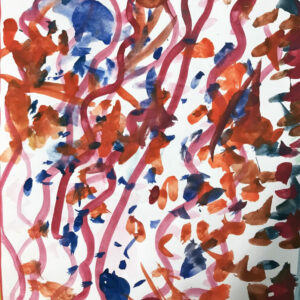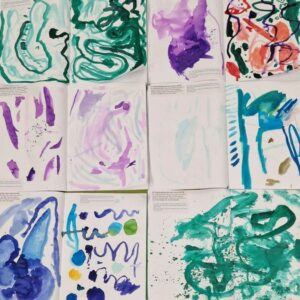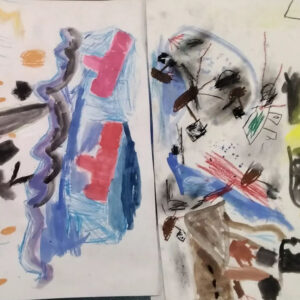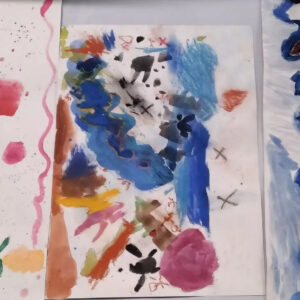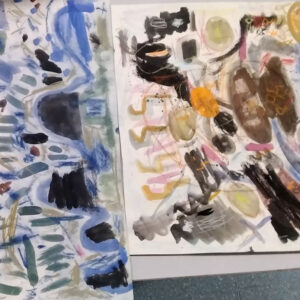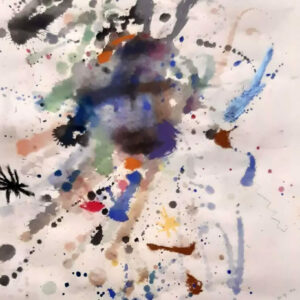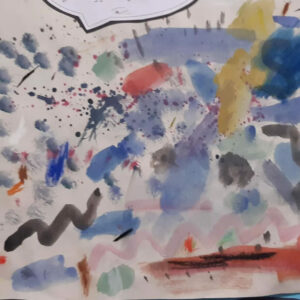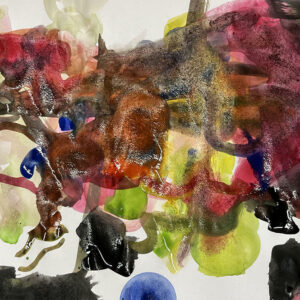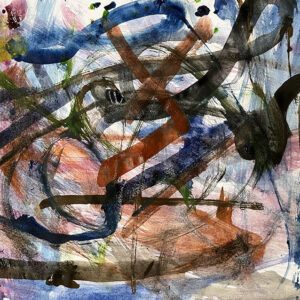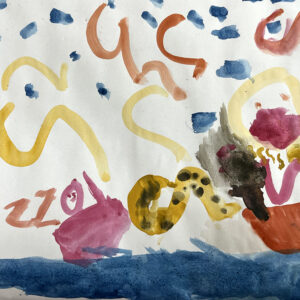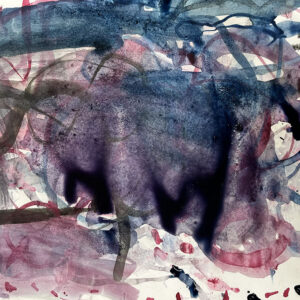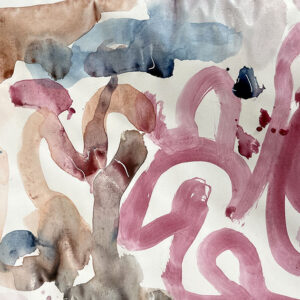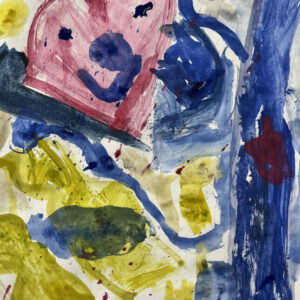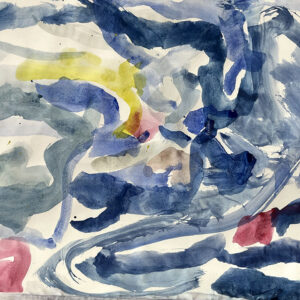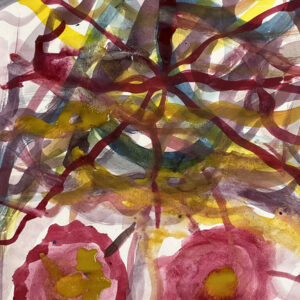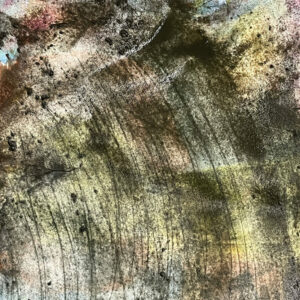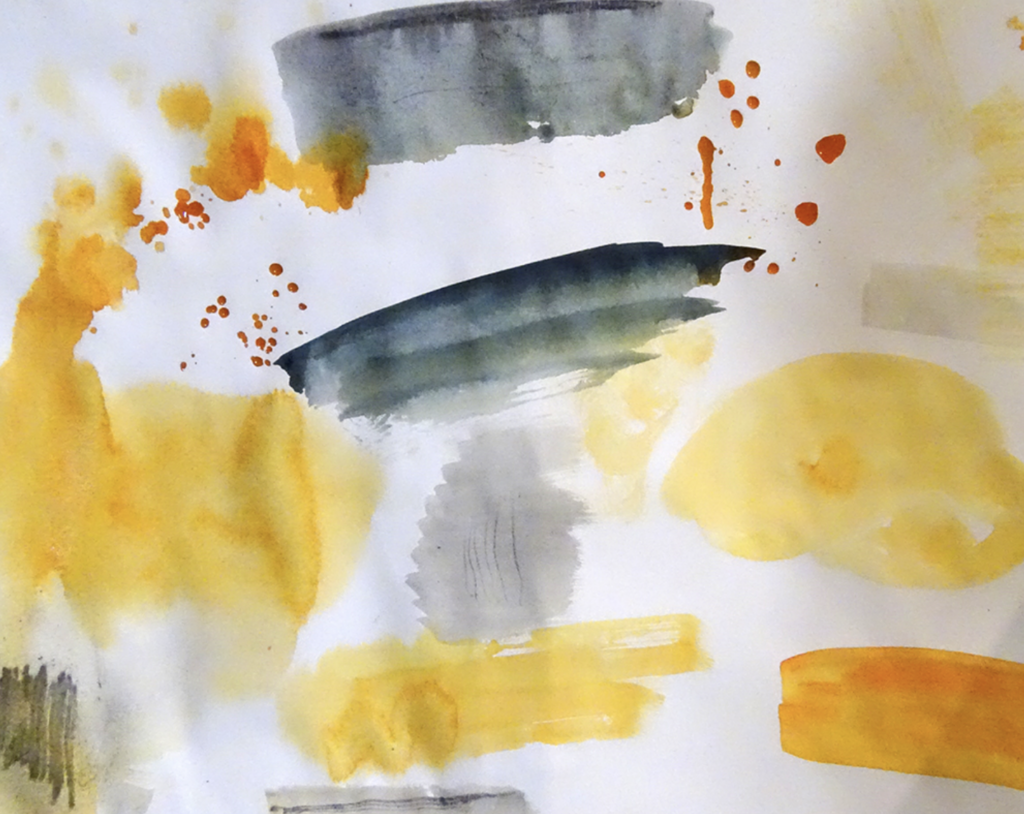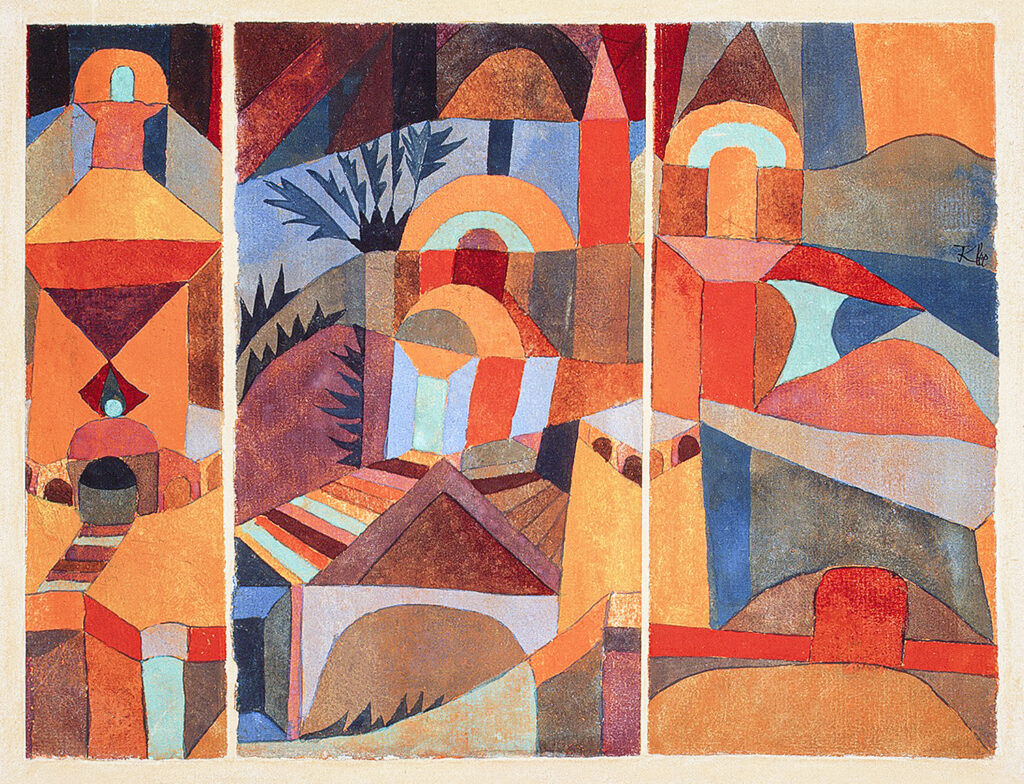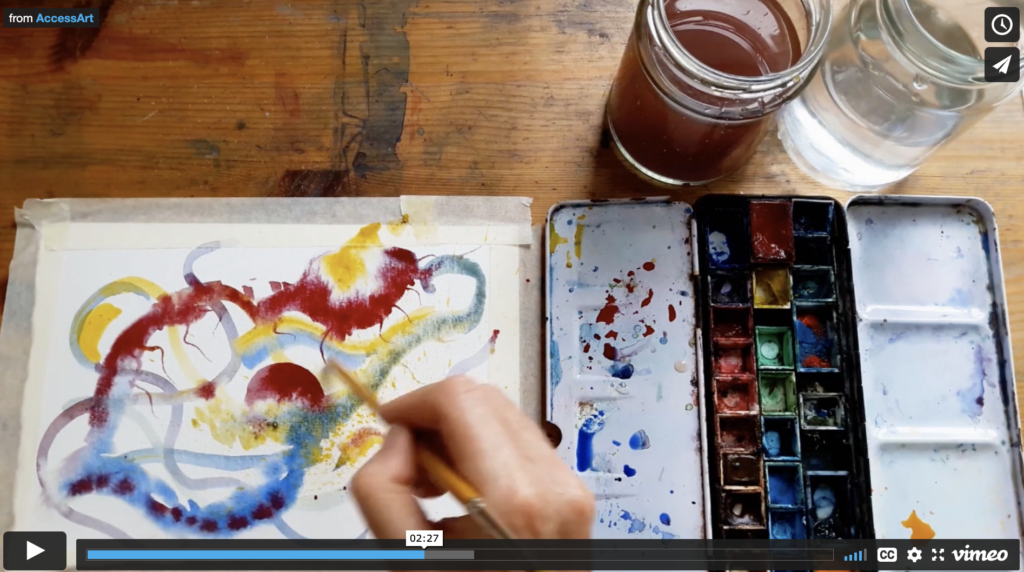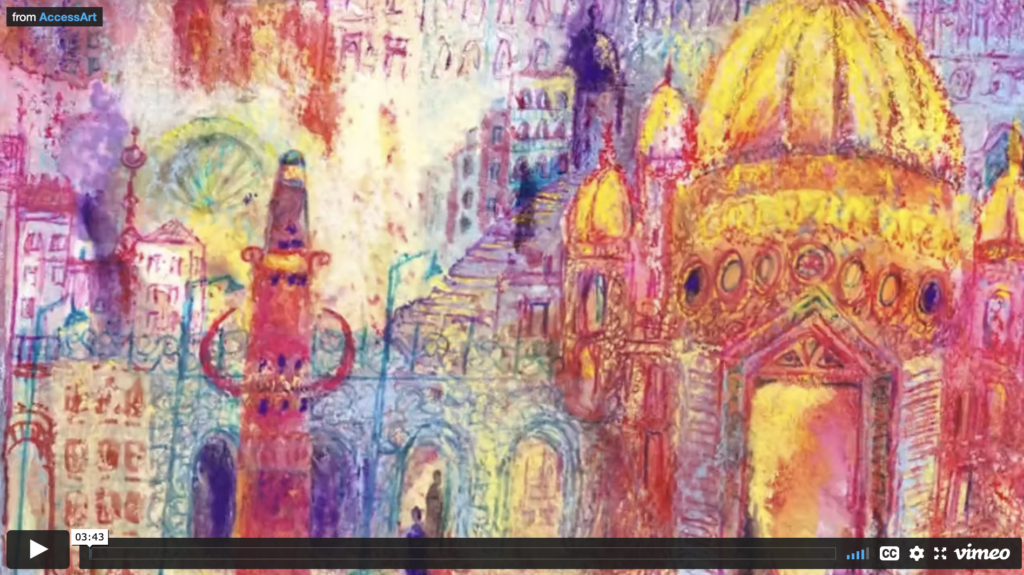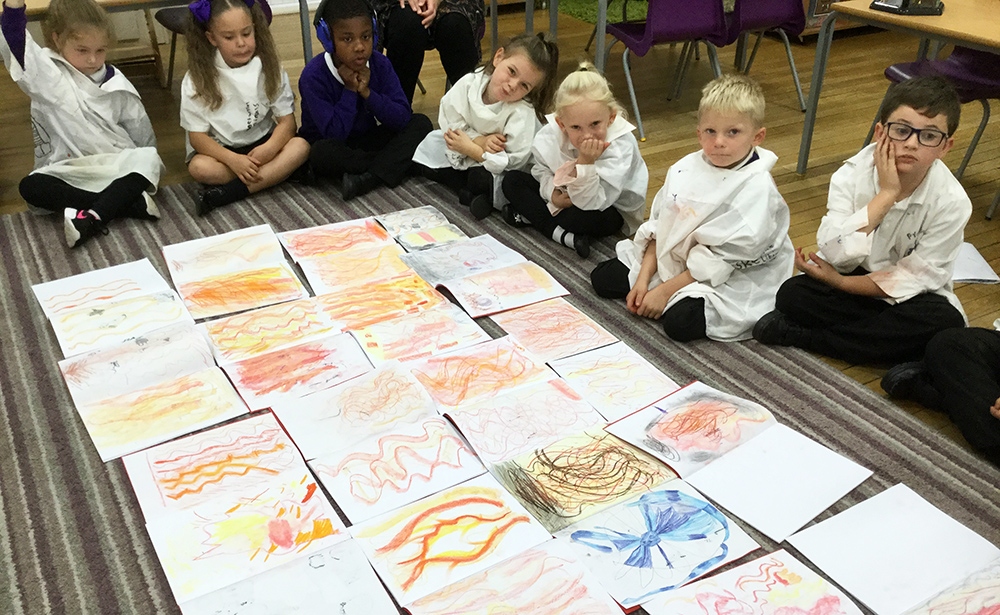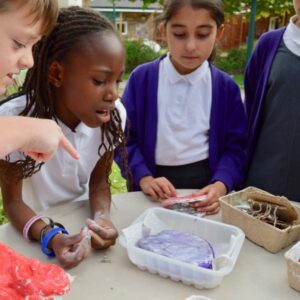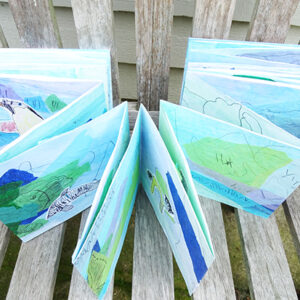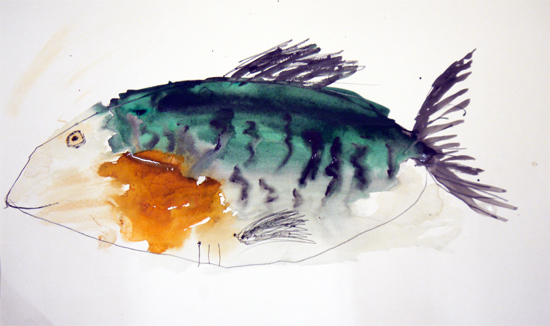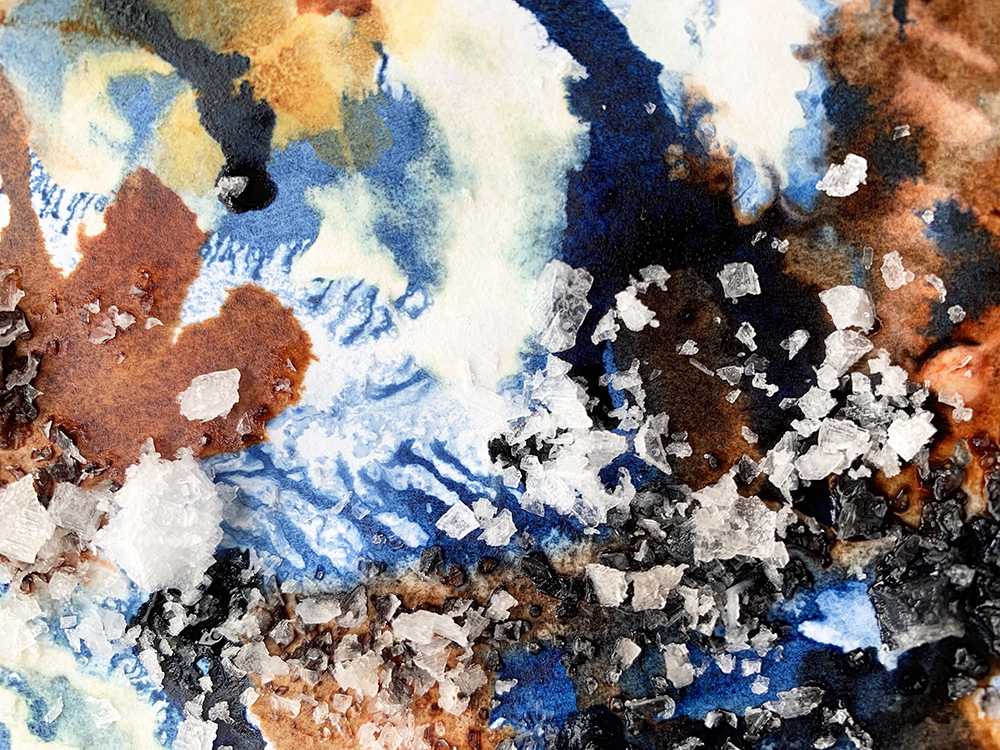Pathway: Exploring Watercolour
Pathway for Years 1 & 2
Disciplines:
Painting (Watercolour)
Key Concepts:
-
That watercolour paint has special characteristics.
-
That we can use the elements of surprise and accident to help us create art.
-
That we can develop our painting by reflecting upon what we see, and adding new lines and shapes to help develop imagery.
In this pathway children are introduced to watercolour. Through an open and exploratory approach, children not only discover what watercolour can do, how it acts and how they can “control” it, but also how the watercolour itself can help reveal the “story” of the painting.
Themes:
Exploration, Discovery
Medium:
Watercolour
Artists: Paul Klee, Emma Burleigh
If you use this resource in your setting, please tag us on social media: #InspiredBy @accessart (facebook, twitter) @accessart.org.uk (instagram) and share the url. Thank you!
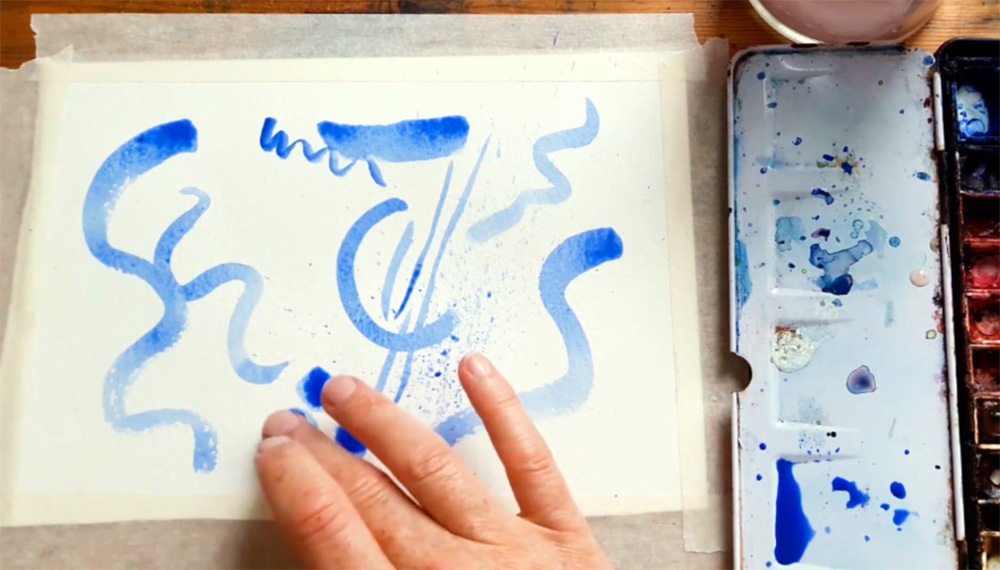

Teaching Notes
Please find the CPD session recording of the Exploring Watercolour pathway here.
Find the MTP for this pathway here.
Curriculum Links
Geography: Adapt by choosing colour palettes which link with topics, e.g. blues/greens, for an exploration of imagery which evokes oceans. (The emphasis should remain on exploration of material, so any theme link should be applied lightly).
Maths: Explore identifying 2d shapes.
Music: Explore the connection between art & music and being in a mindful space.
I Can…
-
I can explore watercolour and understand the different effects I can achieve.
-
I can work without an end goal in mind – letting the paint lead me.
-
I have had the opportunity to see the work of other artists who use watercolour and share my thoughts about their work.
-
I can name and use primary colours and begin to understand how colours mix to make secondary colours.
-
I can understand that we all see different things in the artwork we make. We all have a different response.
-
I can think about the marks I make and develop them further.
Time
This pathway takes 6 weeks, with an hour per week. Shorten or lengthen the suggested pathway according to time and experience. Follow the stages in green for a shorter pathway or less complex journey.
Materials
Sketchbooks, A3 cartridge paper, watercolour paints, paint brushes, coloured pencils.
See the Pathway Used in Schools...
